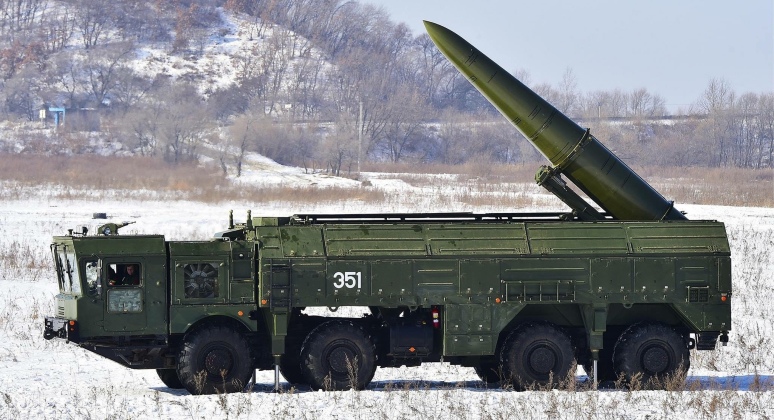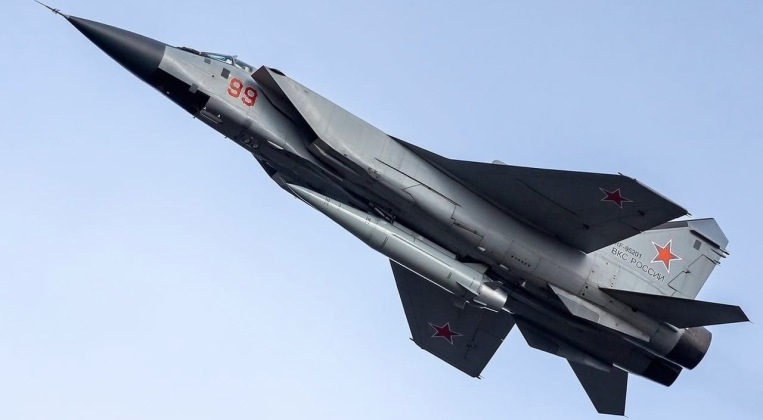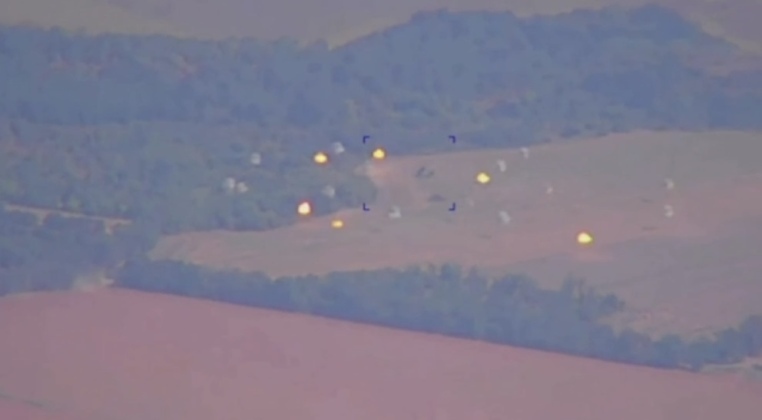News
Ukrainian Air Force Confirms Major Difficulties Intercepting Russian Iskander Missile Strikes
Chief of communications for Ukrainian Air Force Command Yuri Ignat has confirmed during a national television broadcast that the service is facing growing challenges in intercepting Russian ballistic missile attacks, highlighting missiles’ ability to follow new flight patterns and more complex attack approaches as the cause. “Of course, it has become more difficult to work against missiles that fly on a quasi-ballistic trajectory, meaning they make oscillations on approach,” he stated, adding: “This complicates the work of Patriot, because the system operates in automatic mode when intercepting ballistic missiles. It becomes harder to calculate the point where the interceptor missile will collide with or detonate near the enemy missile.” The depressed quasi-ballistic trajectories of both 9K720 ballistic missiles from the Iskander-M system, and of their air launched counterparts deployed from MiG-31I fighters under the Kinzhal system, have long been expected to pose particular challenges to air defence efforts.

Not only have missiles demonstrated high manoeuvrability in their terminal phases, but launches from multiple directions has further complicated air defence efforts. As observed by Ignat: “If the ballistic missile can approach from different directions, detection by a single system is not possible… It is necessary to have several systems, several radars, which can detect targets and cover the city from different directions.” Ignat’s statement follows revelations by Ukrainian and Western officials to the Financial Times that both the Iskander-M and Kinzhal systems can now launch missiles that either veer into a steep terminal dives, or execute manoeuvres to “confuse and avoid” Ukrainian air defence systems, which one former Ukrainian official assessed to be “a game changer.”

Ukrainain air defences have long struggled to intercept attacks launched by the Kinzhal and Iskander-M systems, resulting in both systems frequently being used to single out Ukraine’s S-300 and MIM-104 Patriot long range air defence systems for targeting to serve as force multipliers for wider attacks. Drone footage first confirmed a successful Iskander-M strike on a Patriot system on February 23, 2024, with a subsequent strike destroying another system near the Sergeevka locality the following month on March 10, leaving ground forces in the region exposed. In the second week of July that year new footage confirmed the destruction of two launchers in the Odessa region, while on August 11 three more launchers and an AN/MPQ-65 radar were reported to have been destroyed. Further successes for the Iskander-M against Patriot systems have continued to follow.

The Patriot’s inability to reliably intercept Russian missile attacks has been widely raised by Ukrainian and Western sources, with one unnamed Ukrainian official informing the Wall Street Journal in July thatballistic missiles have demonstrated greater levels of manoeuvrability, allowing them to evade not only interception, but also detection.The situation has been exacerbated both by Russian successes in significantly expanding the scale of Iskander-M production, and by the fast worsening shortages of Patriot and S-300 systems that the Ukrainian Air Force has suffered. A further complication has been the use of Russian air defence systems such as the S-400, which launch surface-to-air missiles that travel very considerably faster than those of the Patriot, to shoot down Ukraine’s own surface-to-air missiles after launch, thus seriously disrupting air defence efforts.












